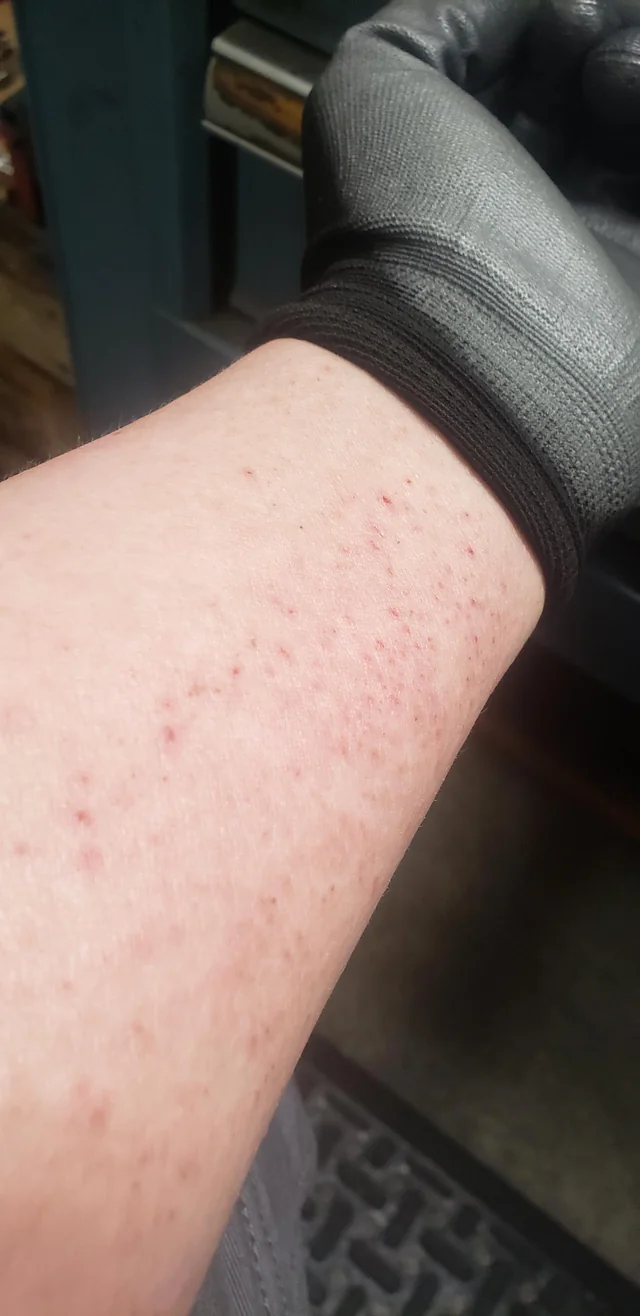


Automotive coolants, commonly known as antifreeze, play a crucial role in regulating engine temperatures. However, many coolants contain ethylene glycol, a toxic substance that can pose serious health and environmental risks if mishandled. This article aims to provide a comprehensive understanding of coolant safety, highlighting the potential hazards, essential precautions, and responsible handling practices.

Coolants are chemical mixtures designed to efficiently transfer heat and prevent freezing in automotive cooling systems. While their exact formulations may vary, most coolants share common components:
| Component | Purpose |
|---|---|
| Ethylene Glycol | Lowers the freezing point and raises the boiling point |
| Water | Acts as a solvent and aids in heat transfer |
| Corrosion Inhibitors | Protect metal components from corrosion and degradation |
| Dyes | Provide color for easy identification and leak detection |
| Bittering Agents | Discourage accidental ingestion due to their unpleasant taste |
Ethylene glycol, the primary active ingredient, is a toxic substance that can cause severe health effects if ingested or absorbed through the skin.
Coolants containing ethylene glycol can pose various risks if not handled properly:
Skin and Eye Irritation: Direct contact with coolant can cause redness, rashes, and irritation. Prolonged or repeated exposure may lead to more severe dermatitis and inflammation.
Ingestion Dangers: Accidental ingestion of coolant is a medical emergency that requires immediate attention. Ethylene glycol is toxic if swallowed and can cause severe internal damage, including kidney failure and metabolic acidosis.
Inhalation Risks: Exposure to coolant vapors or mists can cause respiratory irritation, headaches, and potential systemic toxicity if inhaled in high concentrations or over prolonged periods.
To mitigate the risks associated with coolant exposure, it is crucial to follow proper safety precautions and implement appropriate protective measures:
Personal Protective Equipment (PPE): Wear chemical-resistant gloves, splash-proof goggles or safety glasses, protective clothing, and respiratory protection (if necessary) when handling coolants.
Safe Handling Practices: Minimize direct contact, maintain good hygiene, store coolants properly, and ensure adequate ventilation.
First Aid Measures: Be prepared to respond appropriately in case of coolant exposure, including flushing affected areas, seeking medical attention, and contacting poison control centers if necessary.
| Exposure Type | First Aid Measure |
|---|---|
| Skin Contact | Immediately remove contaminated clothing and flush the affected area with copious amounts of water for at least 15 minutes. Seek medical attention if irritation persists. |
| Eye Contact | Flush the eyes with clean water for at least 15 minutes, holding the eyelids open. Seek medical attention promptly. |
| Ingestion | Do not induce vomiting. Seek immediate medical attention and contact a poison control center. |
| Inhalation | Move the affected person to fresh air and seek medical attention if symptoms persist or worsen. |
The handling, storage, and disposal of coolants are subject to various regulations and standards to ensure worker safety and environmental protection:
Comply with OSHA standards, EPA regulations, DOT requirements, and GHS labeling for hazardous materials.
Properly dispose of used coolants through authorized waste management facilities or recycling programs.
Implement appropriate spill containment and cleanup procedures to prevent environmental contamination.
Consider using safer coolant alternatives, such as propylene glycol-based or plant-derived coolants, to reduce environmental impact.
Responsible coolant management involves a comprehensive approach that prioritizes safety, regulatory compliance, and environmental stewardship. By following these guidelines, automotive professionals and DIY enthusiasts can ensure the safe and responsible use of coolants:
Understand the potential hazards and take necessary precautions.
Implement proper personal protective equipment and safe handling practices.
Be prepared for emergencies and know how to respond appropriately.
Comply with relevant regulations and guidelines.
Properly dispose of used coolants and address spills promptly.
Consider adopting safer coolant alternatives to minimize environmental impact.
No, coolants containing ethylene glycol are not flammable. They have a high flash point and are difficult to ignite.
No, ingesting coolant is extremely dangerous and can be fatal. Ethylene glycol is toxic if swallowed and requires immediate medical attention.
Symptoms of ethylene glycol poisoning include nausea, vomiting, abdominal pain, drowsiness, and potential kidney failure. Seek immediate medical help if ingested.
Used coolant should be disposed of through authorized waste management facilities or recycling programs. It should never be poured down drains or into the environment.
Yes, propylene glycol-based coolants and plant-derived coolants are considered safer alternatives to traditional ethylene glycol-based coolants.
Chemical-resistant gloves, splash-proof goggles or safety glasses, and protective clothing should be worn when handling coolants to prevent skin and eye exposure.
Yes, inhaling coolant vapors or mists in high concentrations or over prolonged periods can cause respiratory irritation and potential systemic toxicity.
Coolant spills should be contained and cleaned up promptly using appropriate spill containment and cleanup procedures to prevent environmental contamination.
Yes, the handling, storage, and disposal of coolants are subject to regulations by agencies like OSHA, EPA, DOT, and GHS for hazardous materials.
Yes, direct contact with coolant can cause skin irritation, redness, rashes, and potentially more severe dermatitis if exposure is prolonged or repeated.

Miguel started tinkering with car radios as a teenager, fascinated by the intricate dance of wires and circuits. This passion led him to pursue a career as an automotive electrician. For the past 10 years, Miguel has tackled everything from flickering headlights to mysterious electrical gremlins. He thrives on troubleshooting electrical problems and enjoys sharing his knowledge to empower car owners to understand their vehicles better.






